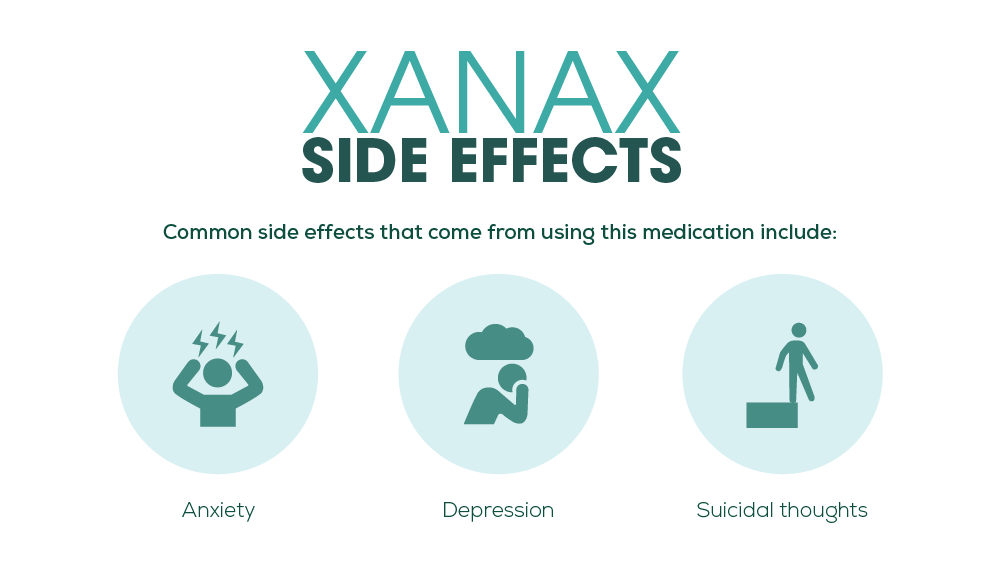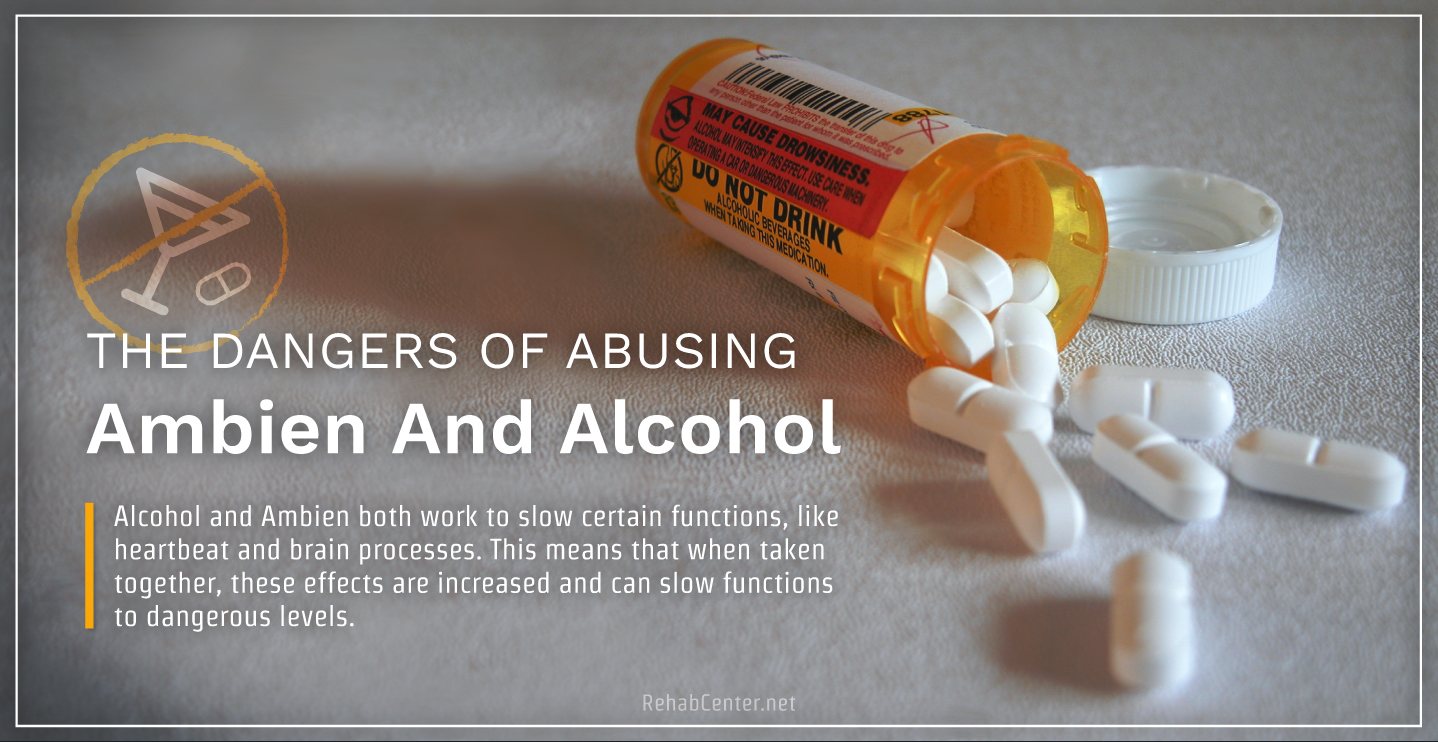Tramadol last in your system?
Tramadol is a powerful painkiller medicine. It is a centrally-acting synthetic opioid, and people use it to relieve moderate to severe pain. Tramadol is commonly used to reduce post-operative pain or pain from a severe injury. It is generally used to deal with extreme pain when weaker painkillers do not work. Buy Tramadol online from us because we provide 100% genuine products. Please read this article to learn more about Tramadol.
What is Tramadol?
Tramadol works in the CNS (or central nervous system) to relieve pain. When you take Tramadol by mouth in an immediate-release formulation, the initiation of pain relief ideally starts within an hour. Tramadol is also commonly available in the injection form. People generally use the extended-release form of Tramadol for the round-the-clock treatment of pain. The extended-release form of this medicine is not for use in the case of mild pain.

Tramadol is available in combination with longer-acting formulations or with paracetamol (or acetaminophen). Meds is a commonly prescribed drug for osteoarthritis and other painful conditions. Order Tramadol Online using a discount card from our website for your pain relief.
How long does Tramadol take to start acting?
Tramadol injections and drops and certain types of capsules and tablets are fast-acting. They start working in about 30 to 60 minutes. Their effects wear off in about 4 to 6 hours. Time-release or slow-acting forms of this drug include Tramadol tablets and capsules. They take longer to begin working. However, their effects last for about 12 or 24 hours. During this time, Meds is released gradually.
The time-release form of Tramadol comes in doses between Tramadol 100mg and Tramadol 325mg. This type is more likely to be given for chronic (long-term) pain. Buy Tramadol without a prescription from our website. We guarantee a return and full refund if you face any issue with the product delivered by us.
How long does it last in your system?
Tramadol remains in your urine, saliva, hair, and blood for different lengths of time. Some are the same for other opioid medications and not specific to Tramadol. Detection timeframes- Blood: Tramadol is detectable in your blood for up to 48 hours after you take it. Saliva: Tramadol is detectable in your saliva for up to 48 hours after you take it. Hair: Meds are detectable in your hair for 30 to 90 hours after taking it. Urine: Tramadol is detectable in your urine for 24 to 72 hours after you take it.
Warnings and precautions
Tramadol is an addictive medication, and misuse can cause fatal consequences. Therefore, you should use Tramadol cautiously. Tramadol is a narcotic, and it can lead to severe withdrawal symptoms if stopped abruptly. It would be best to stop taking other opioid medications when using Tramadol. Compared to the typical narcotics or other opioids, Tramadol gives unique pain relief by acting on the same receptors as some antidepressants. Comparison of prices of Tramadol on our site will enable you to buy the medicine at the lowest price.
What is the mechanism of action of Tramadol?
Tramadol induces analgesic effects through various targets on the noradrenergic system, serotoninergic system, and opioid receptors system. Tramadol exists as a racemic mixture. The positive enantiomer inhibits serotonin reuptake, whereas the negative enantiomer inhibits noradrenaline reuptake by binding to and blocking the transporters.
Tramadol also acts as a serotonin-releasing agent. Both enantiomers of Tramadol are agonists of the μ-opioid receptor and its M1 metabolite. All these effects work synergistically to induce the effects of analgesia. In other words, Tramadol is a unique pain reliever that works via a weak effect on opioid receptors. Tramadol limits the reuptake of norepinephrine and serotonin, an effect occurring with many antidepressants.
What are the inactive and active ingredients in Tramadol?
An active component in the Tramadol tablets is Tramadol hydrochloride. Inactive substances in the Tramadol tablet are hypromellose, lactose, magnesium stearate, pregelatinized corn starch, modified starch (corn), microcrystalline cellulose, polyethylene glycol, polysorbate 80, sodium starch glycolate, titanium dioxide, and carnauba wax.
What should I do before taking Tramadol medication?
Compare prices of prescription drugs from our website and buy medicines at the best prices. You can buy Tramadol online from our site because we ensure an effortless purchasing experience. However, you must not take Tramadol if you are allergic to it or if you experience:
- a stomach or bowel obstruction;
- breathing problems, or severe asthma;
- if you have used an MAO or monoamine oxidase inhibitor in the past 14 days (like linezolid, isocarboxazid, phenelzine, tranylcypromine, or methylene blue injection); and
- If you recently used tranquilizers, alcohol, narcotic medications, or sedatives.
A child aged below 12 years must not take Tramadol. Anyone aged below 18 years must not take the extended-release form of Tramadol. If you use Tramadol during pregnancy, the baby could be born with life-threatening withdrawal symptoms and require medical treatment for a few weeks. Consult a doctor before using Tramadol if you are breastfeeding. Inform your doctor if you notice slow breathing or severe drowsiness in the nursing baby.
What is the recommended dosage for Tramadol? How should I take Tramadol?
Tramadol medicine is available as:
- Immediate-release tablets- 50 mg
- Extended-release capsule- 100 mg, 200 mg, 300 mg
- Extended-release tablets- 100 mg, 200 mg, 300 mg
You may order Meds without a prescription from us effortlessly. The recommended dose of Tramadol medication is 50 milligrams to 100 milligrams (for immediate-release tablets) after every four to six hours as required for pain relief. The maximum dose is 400 milligrams per day.
The suggested amount for extended-release tablets is 100 milligrams daily, which can be increased by 100 milligrams every five days but should not exceed 300 milligrams per day. In order to convert the immediate-release to extended-release, you must round down the overall daily dose to the nearest 100 milligrams.
Extended-release Tramadol tablets must be swallowed whole and not chewed or crushed. In order to improve tolerance in patients, you must start the dosage at 25 milligrams per day, and doses can be increased by 25 milligrams to 50 milligrams every three days to reach 50 to 100 milligrams per day every four to six hours. You can also buy Methadone online from our website because we provide overnight delivery of medicines anywhere in this country.
You may take Meds regardless of food. One should not take Meds with alcohol or other tranquilizers or sedatives as they can potentially intensify the effects. Significantly dangerous is the potential for respiratory depression, which may make you stop breathing if you take too much Tramadol or mix it with the wrong medication.







